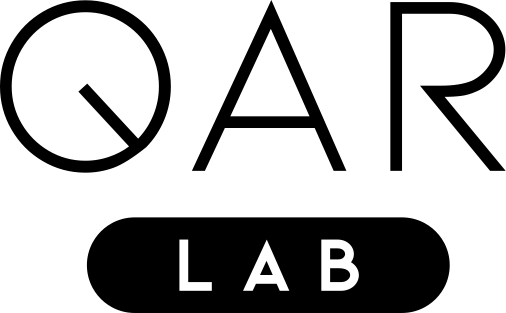Evolutionary Optimization of Variational Quantum Circuits for High Accuracy with Minimal Parameterized Gates
Abstract:
Variational Quantum Circuits (VQCs) represent one of the most promising approaches for leveraging the capabilities of near-term quantum computers. While they offer a high degree of flexibility and adaptability, VQCs face significant challenges, particularly with respect to trainability and scalability. To address these limitations, this work explores the use of evolutionary algorithms for the automatic generation of VQCs with a minimal number of parameterized gates. This approach enables a systematic investigation of the role such gates play in the optimization of VQCs for common benchmark problems.
The proposed method is evaluated in the context of a classification task, with particular attention to classification accuracy and the number of parameterized gates required. Experiments were conducted on random circuits with 4 and 6 qubits with variable circuit depth. The results demonstrate that reducing the number of parameters improves the optimization process, leading to classifiers that exhibit greater robustness and enhanced accuracy.
Author:
Tobias Daake
Advisors:
Leo Sünkel, Maximilian Zorn, Thomas Gabor, Claudia Linnhoff-Popien
Student Thesis | Published October 2025 | Copyright © QAR-Lab
Direct Inquiries to this work to the Advisors

